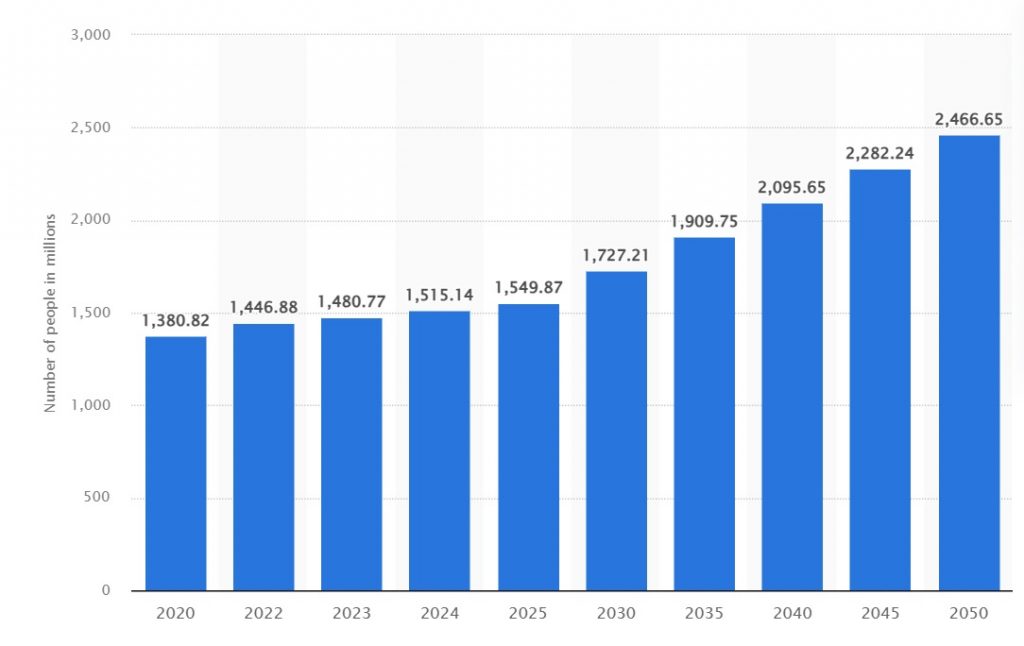For many international PR professionals, the African media represents both a growth opportunity and a communication challenge. It’s easy to look at internet penetration and smartphone adoption then assume the continent is ready to receive your message.
However, media coverage doesn’t follow connectivity — it follows context. What gets published, shared, or ignored is based on how relevant your story feels to the people telling it and the audiences consuming it.
That’s the gap most international PR professionals overlook. African media is layered, fast-changing, and deeply relational. Cracking it requires more than a list of outlets. It demands new muscle — the kind built through regional insight, long-term trust, and storytelling that meets local expectations without diluting your brand. If you’re intentional about expanding into Africa, your visibility won’t come from announcements, it will come from alignment.
Here’s how international PR professionals can earn trust, coverage, and commercial traction across Africa’s top media markets.
Why is Africa the next big media market?
Africa isn’t just a growing market, it’s on track to become one of the most influential media arenas globally. With over 1.4 billion people and the world’s youngest population, the continent is not only large — it’s loud, online, and shaping global conversations in real time.
The United Nations projects that by 2050, Africa’s population will reach close to 2.5 billion. This means that more than 25 percent of the world’s population will be African.

What’s driving this momentum is a surge in internet access and digital participation. In 2025 alone, Nigeria — Africa’s largest economy — recorded over 107 million internet users, with nearly 39 million social media accounts active. It was home to 38.7 million social media user identities in January 2025, equating to 16.4 percent of the total population. That’s engagement, storytelling, and influence happening every second.
Africa’s media is moving online, and local audiences are becoming more informed, connected, and selective. Between 2014/2015 and 2019/2021, the share of Africans who get news from social media or the Internet at least a few times a week almost doubled, from 24% to 43% across 31 countries included in both survey rounds. In 2024, it rose to 47%.
The traditional gatekeepers are still around — radio, newspapers, TV — but digital platforms have exploded in reach and relevance. WhatsApp, X, and LinkedIn are now common spaces where media stories unfold, get challenged, or gain momentum.
For founders and global brands looking in from the outside, Africa is no longer just a region to expand into. It’s a media-savvy, mobile-first audience that can either propel your brand into long-term trust or quietly ignore you.
How Africa’s media works
Africa’s media ecosystem is built on connection, not just coverage. But most international PR professionals still treat Africa like a monolith. They see a promising growth chart and assume one campaign can cut across 54 countries and 2,000 languages.
This is the root of the mistake: brands arrive with messages already written. Instead of learning how African media works — who the influencers are, what the cultural tensions look like, which stories hold weight — they push pre-approved narratives that sound detached and overly polished. They rely on a Western media playbook: mass press releases, generic messaging, and a flurry of product news without local insight or urgency.
This is where localisation makes or breaks a campaign. True localisation isn’t just about changing the language or adding a cultural reference. It’s about aligning your message with local realities, sensitivities, and aspirations. A press announcement about a product launch won’t get far unless it reflects the actual concerns of the audience. People want to see themselves in your story. If it feels imported, it won’t land.
Relatability is key in African media
Among Africans, relatability is currency. A generic message about innovation might work in Western markets, but in many African markets, audiences respond more to stories that show real-world impact. How does your solution help a small business owner in Nairobi or a logistics operator in Accra? What local partnerships have you formed? Who are the faces behind your African expansion? These are the kinds of angles that resonate and get picked up.
Beyond messaging, relationships drive media success. Journalists aren’t waiting around for your press kit. They’re building stories that matter to their readers. The brands that earn their trust are the ones that show up early and invite them into the conversation — not just when they need coverage. They listen first, offer insights, and collaborate on narratives. Over time, that investment turns into earned attention.
Digital platforms have only sharpened this need for connection. LinkedIn, WhatsApp, and X are where media now lives not just in newspapers or radio broadcasts. That’s where influence is shared, debated, and validated. If your brand shows up as a participant rather than a spectator, you earn credibility.
So don’t just think about Africa’s media landscape in terms of channels. Think in terms of people — editors, writers, creators, and audiences and what will make them care. That’s how you stop issuing announcements and start building relationships.

Practical ways to get into African media
- Localise your messaging: Adapt your brand story to reflect local realities and aspirations.
- Build relationships with African journalists: Identify relevant reporters and editors, understand their beats, and offer valuable insights.
- Partner with African PR agencies: Collaborate with regional experts who understand the landscape and have trusted networks. Build a media map.
- Leverage digital platforms: Use LinkedIn, X (Twitter), and WhatsApp communities where journalists,editors, and customers actively engage.
- Create value-led stories: Focus on impact, innovation, or how your brand solves real problems, not just product promotion.
- Invest in cultural immersion: Understand local holidays, languages, and customs to time and tailor your communication.
- Support local voices: Sponsor or collaborate on projects with African creators, thought leaders, or NGOs.
- Offer exclusive insights or data: Provide newsworthy reports or research about your sector that journalists can quote or expand on.
- Be accessible and responsive: Make your regional spokespersons available for comment — build trust through availability.
- Measure, Learn, and Evolve: Track engagement and adapt strategies across different African markets — one size doesn’t fit all.
Work with trusted partners (like Column)
You don’t have to figure this out alone, collaborate with trusted partners who understand the African media space. We have a proven track record of securing media wins across the continent — 14 successful PR placements in Nigeria, Ghana, South Africa, Kenya and Namibia alone.
If you want local credibility and wide visibility, partner with a team that already understands the terrain and has the relationships to make your brand headline-worthy. Get in touch today.





